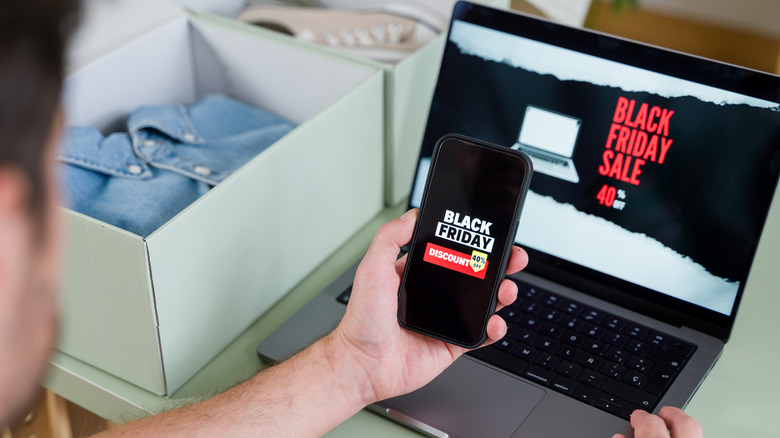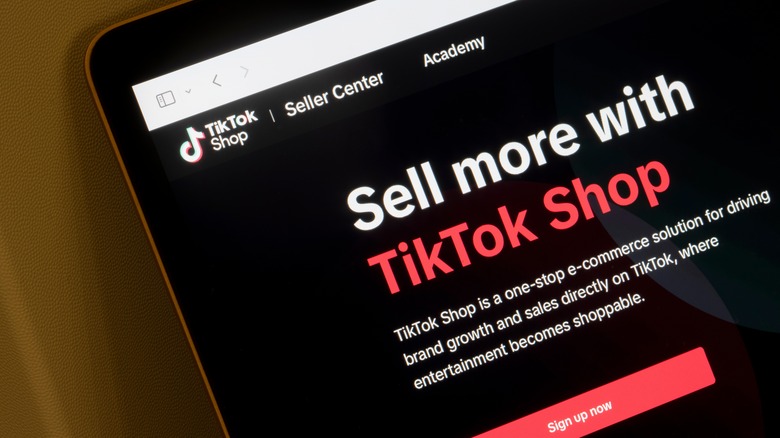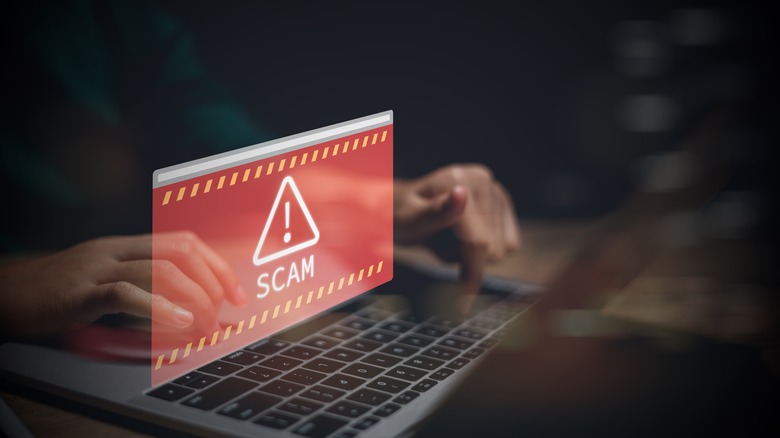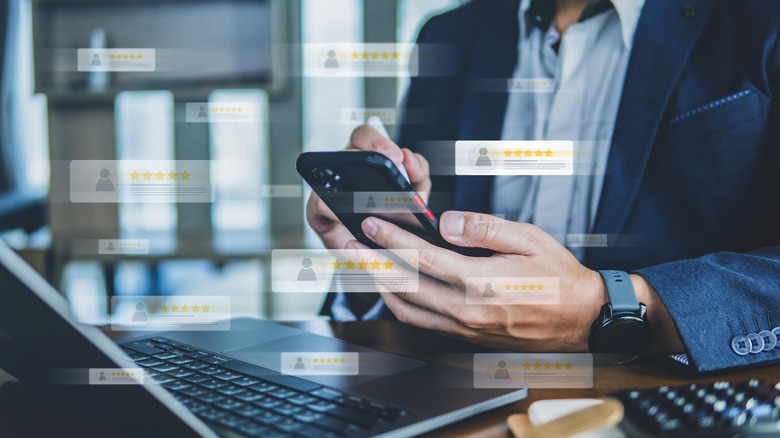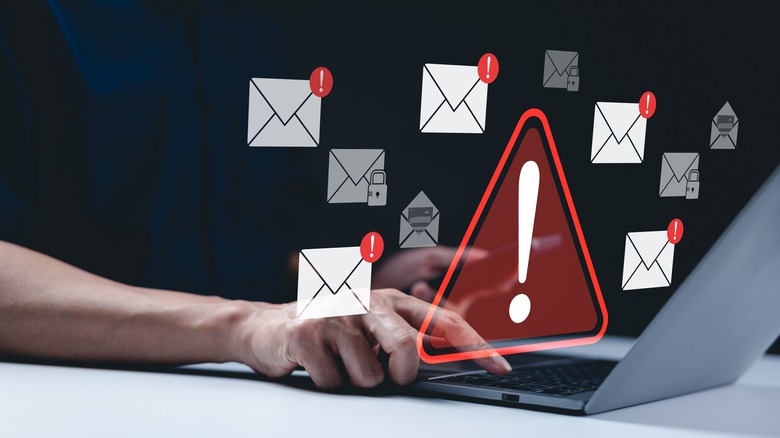6 Tips For Avoiding Fake Black Friday & Cyber Monday Deals
Sandwiched between Thanksgiving and Christmas, Black Friday and Cyber Monday are the perfect days to snag some last-minute outfits for the upcoming festive season, bundled promotions for services, discounted fares for your next holiday, or even gifts for your loved ones. In the past, lining up for the mall to open, rummaging through bins, or pushing strangers away from the sale rack was a right of passage for people who would fight for good Black Friday or Cyber Monday deals. These days, the sales are a little less barbaric due to the rise of online shopping, wherein all you have to do is make a few clicks to enjoy the low prices.
That said, online shopping introduces a whole new set of problems, especially with so many new platforms and millions of new sellers each year. Because scammers are prevalent online, it can be difficult to keep track of all of them and even more challenging to evaluate whether every deal is legitimate or not. Not to mention, another reason Black Friday and Cyber Monday can be such risky days for online shopping is because bad actors take advantage of the sense of urgency there is on a seasonal deal.
Thankfully, to protect yourself from fake online deals, there are several things you can do including securing your payment methods, inspecting the sales channels for social proof, and so on. Here are a few tips on how to do all of this before confirming your purchase.
Secure your credit cards
Although many online sellers provide other payment methods, one key advantage of using credit cards is the amount of control you have over your safety. Previously, getting your credit card skimmed after withdrawing money in a sketchy ATM was a very real concern, but these days, credit card skimming scams have progressed to online stores and malicious code injected by hackers. Aside from credit card details, hackers also sell personal information to data brokers as well. As skimming can happen even with legitimate websites, it is difficult to avoid. However, you can introduce additional layers of protection, such as two-factor authentication (2FA). For credit card transactions, you can usually request for your bank to send one-time pin codes to your mobile phone before it approves online transactions.
With 2FA some smaller transactions may fly under the radar, so it's still good to review your credit card statements at the end of each month, to check for any suspicious payments that you don't remember making. In some cases, you might even want to open a credit card with a lower spending limit that you use specifically for online shopping. Then, even if bad actors were to get a hold of your credit card details, they won't be able to purchase expensive products. Additionally, it's wise to remove your credit card details from accounts that you don't use anymore.
Confirm social media handles
When social media platforms first appeared, they were simply a way to stay connected to people you already knew or were within your real-life network. Through the years, social media has become not just a channel to meet new people and interact with their content, but also a platform to shop. From the veteran channels, such as Instagram, to new kids on the block, like TikTok, users are spoilt for choice on where to spend their money, especially after seeing a particularly enticing Black Friday ad. However, if you're making a purchase from a less established brand, it can be easy to accidentally buy from the wrong shop. After all, fake giveaways and deals on social media can be just as ubiquitous as the real ones.
To avoid whaling – a type of phishing scam wherein the scammer impersonates trusted individuals or companies — during your social media Cyber Monday deal hunt, it's best to do a few checks on the vendor. You can visit their social media profile and check if they have been officially verified by their chosen platform. Although some smaller or new online shops may not have the coveted blue checks, you can also check their pages for other forms of social proof. For example, you can review the quality of the posts, such as if they're full of grammatical errors or poorly taken photos, or review tags from partner brands, verified creators, or trusted media publications.
Be cautious of fake websites and sellers
Fake websites that mimic the appearance of real websites are a dime a dozen these days. Often, they prey on users not being familiar with actual website links or not noticing that there are some misspellings in the URL. When a website has been around for a while, it should have some sort of trail showing that it has been around long before the Black Friday deals have rolled in. This could be links from other trusted websites or dated reviews from real customers. If you aren't sure how to spot them, our team has made a handy list of things to determine if you're looking at a scam website or not.
That said, it's important to understand that even buying from legitimate websites can still cause problems. Previously, we've cautioned our readers on the risks of buying things from Alibaba, such as poor quality electronics or fake automotive products. In its 2024 Brand Protection Report [PDF], Amazon shared that there were six million attempts by bad actors to create new Amazon selling accounts in 2020. Due to the concerning rise of fake products on the platform, it even launched the Counterfeit Crimes Unit in the same year, which has played a pivotal role in working with law enforcement to penalize bad distributors. To avoid problems when buying from multi-store online retailers, it's best to opt for deals fulfilled by brands directly.
Verify the product
With Black Friday and Cyber Monday's dirt cheap prices, it's not surprising that some sketchy sellers may be sourcing fake products to meet them. When it comes to counterfeit products, the effects can range from mildly annoying, like the wrong color or poorly designed, to outright dangerous to your health and safety. For example, fake skin care or make up can lead to breakouts, while counterfeit batteries can ruin your gadgets or become fire hazards.
Thankfully, there are some ways to avoid being a victim of counterfeit products and it starts with taking a look at the item's customer reviews. Here at SlashGear, our team has shared several tips on how to spot fake customer reviews, which include using tools like Fakespot or looking into the language. If you're buying things on Amazon, you can also check for Amazon Verified Purchase Review labels under their username and rating. Lastly, you can opt to buy products from stores managed by their parent company, instead of a third-party distributor.
In recent times, many large online retailers have been making moves to address the growing concern of fake reviews. A few years ago, Amazon was in hot water after news of a fake review scam that involved thousands of users giving "positive" reviews in exchange for essentially free items. To prevent this from happening, the online retail giant has started using artificial intelligence to spot (and block) fake item reviews.
Double check email senders
Building email lists is one way for brands to be in touch with their customers without the barriers of an ever-changing algorithm or the need for sponsored posts. For many regular customers, it's also a great way to know about discounts, or to get first dibs on exclusive Black Friday or Cyber Monday deals. Unfortunately, scammers have realized this and have begun to use emails to spread malware. After all, most people aren't aware of the exact emails used by their favorite brands or even bother to inspect the senders at all.
Thankfully, many brands will push campaigns for their sales across multiple platforms. And for big sale events like Black Friday or Cyber Monday, you'll be able to see similar key visuals on brand social media platforms, official websites, or even sponsored ads. So, if you're not sure if a deal is real, you can do some additional verification on their other channels as well. You can also get in touch with their customer support to confirm.
Alternatively, in instances where you might want a Black Friday deal from a specific bank for your credit or debit card, which you may have heard about via email, you can consult your bank directly to confirm the promotion. In some cases, banks will also publish promotion details on their official website.
Track historical prices
Not all fake Black Friday and Cyber Monday deals are made to steal your data or credit card information. Sometimes, it's just marketing practices, which technically aren't illegal but are still pretty unethical. In some cases, this comes in the form of jacking up prices a few days or weeks before Black Friday or Cyber Monday, so that retailers can increase the percentage of the supposed discount on the day before. Often, these are used to trick people into buying things by making it seem like the deal is better than it actually is.
To avoid this, there are three things you can do. First, you can opt to make a purchase via the company's official website, instead of a third-party online retailer. While this doesn't completely eliminate annoying pricing strategies, many brands will not risk making their customers feel cheated on official platforms. Second, you'll want to run the item through tools that can help determine whether the price was artificially boosted compared to its historical price on the same platform. If you don't know where to start, we have some recommendations for the best price tracking tools. Third, you can use online comparison platforms to weigh up the price of the deal against other sale prices.
As the saying goes, if it sounds too good to be true, it probably is. Earlier this year, we shared some of our favorite Android apps for comparing online prices – great to keep on-hand during sale season.
What to do if you fall for a fake online deal
With how advanced practices by scammers are becoming, it can be difficult to tell a real deal from a fake one, even if you're cautious. If you have fallen for a fake online deal — once you've managed to calm down — you have to evaluate the scope of the compromise. Was it your contact details? Your credit card information? And so on. Next, you can make a plan for how to de-escalate the possible negative impact right away. Once you have checked if the transaction has gone through, you can proceed to block your card via app or through your bank fraud hotline. Afterward, make sure you change passwords for the affected accounts, which can include emails or app-specific ones. If possible, make sure to gather proof of your negative experience, so you can report the seller via the online platform or through other methods.
Once you're in the clear, you can check your other options for damage control. Depending on the country that you're from, you may have additional protection under consumer protection laws. For example, if you're based in the United States, you'll have the option to report fraud cases to the Federal Trade Commission (FTC). Not only will they be able to assist you with the best possible next steps, but they will also share your report with other law enforcement groups to aid in investigations. To get started, you can visit the FTC fraud report page and fill out the form.
